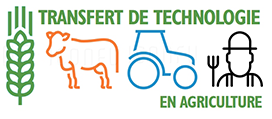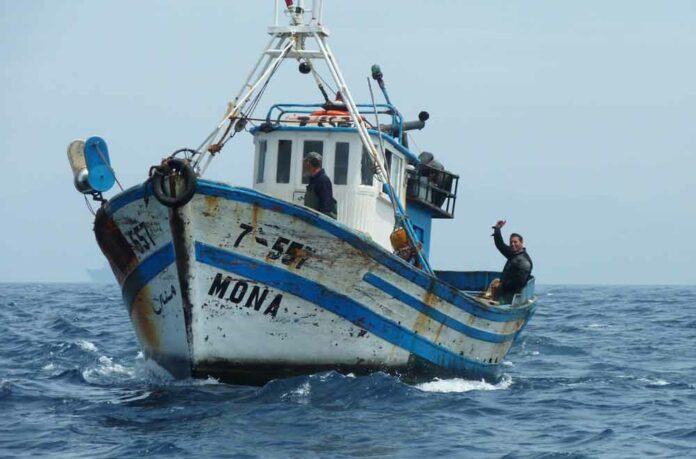METHODOLOGY
The studied fishery
The considered area is defined by the accommodation area of the central stock of sardine, between Safi and Boujdor [Zone A: Safi – Sidi Ifni (32°30N-29°30’N); Zone B: Sidi Ifni – Cape Boujdor (29°30’N-26°N)] (INRH, 2012). Coastal purse seiners operating in the predefined area compose the studied fleet (Table 1).
Data collection strategy
We analyzed data from 128 coastal purse seiners as an economic system of wealth creation for the benefit of different stakeholders (ship-owners, skippers, fisherman, etc.). In order to analyze the economic performances of Moroccan coastal purse seiners, we examined mainly employment, fishing effort, productivity, operating costs and value-added. Technical and production data were obtained from official sources (MPM and ONP, 2011).
Unavailable data are obtained based on direct interviews and socioeconomic surveys by a simple random sampling method. The use of questionnaires, designed for purse seine fisheries, with ship-owners, fishermen, skippers and accountants was in order to gather information mainly about fishing grounds, operating time, catch, vessel characteristics, fishing gears and costs. Details on tax and fees were obtained based on the official data of ONP and DPM. The overall data collection strategy
is given in Figure 1.
Calculation method of economic indicators
As the trip duration of coastal purse seiners does not exceed one day, collected data are represented by fishing day. Using the annual revenue and fishing effort per vessel from official data and extrapolating costs over one year, this will be used as a basis to calculate profit and other economic indicators by class of Gross Registered Tonnage (GRT). These economic indicators were calculated based on mounting an operating account founded on the method used by Kamili and Maynou in 2011 for small pelagic fisheries. Using net profit or net operating surplus, we can easily calculate economic performance indicators, such as return on revenue (profit margin) and return on investment (Pham et al., 2008). The method is illustrated in Table 2.
Adopted structure of operating account summarizes flows of operating expenditures and revenues through an indicator set. These later are calculated basing on operating costs that consist of common costs, borne both by ship-owner and crewmembers, and annual ship-owner costs.
Common costs include:
- Taxes and social contributions: That are obtained on the basis of a percentage applied to gross sales. In this category of costs, we have toll tax, auction fee, weighing tax, regional tax, national social security fund, mandatory health insurance, relief fund, contributions to associations, etc.
- Fishing related costs: These costs directly related to the fishing operation imply: Fuel, lubricants, rags, filters, food, water (cooking, cooling engine…), salt for fish, maintenance (minor repairs), unloading, cleaning, security and others.
Annual ship-owner costs are divided to two categories:
- Variable costs: such as those related to repairs (hull, engines and fishing gear).
- Fixed costs: such as those related to insurances, contributions to ship-owners’ associations, annual administrative costs, etc.
Source sur Revue Marocaine des Sciences Agronomique et Vétérinaires et ficher PDF
https://www.agrimaroc.org


